What is Weldability?
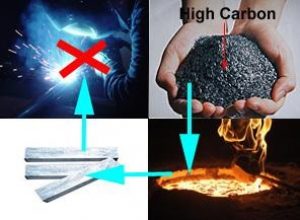
In carbon steels, the higher the carbon content the lower the melting point. As the carbon level climbs, so does the end product’s hardness, brittleness and difficulty of welding.
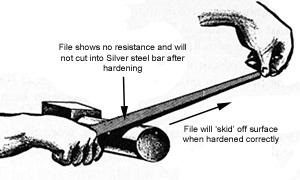
The more carbon in steel, the harder it is to file — and files themselves have a very high carbon content. So here’s a quick test. If an unknown material can’t be filed, it’s probably extremely difficult to weld.
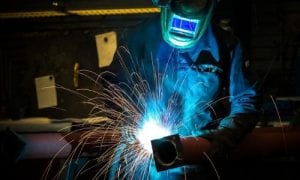
Welding is the process of melting (fusing) two metals together. The two metals are heated together at the area to be joined by a direct heat source until they melt and fuse together.
Welding covers a temperature range of 800-1635°C/1,500-3,000°F.

Filler metals are used to aid filling the joint. These come in the form of rods and are known as welding rods.
Some people will say that high carbon steels cannot be welded, some say you can. The fact is, they can be welded, but the correct equipment, welding rods and techniques must be used to be successful.
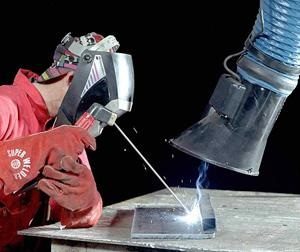
With the correct guidance and tuition, it is possible to learn how to complete successful welds within a few weeks/months. However, it can take months/years of constant welding to be confident and skillful enough to produce good, reliable, aesthetic welds and to acquire the necessary knowledge with which to be a competent welder.
What are the different types of welding?
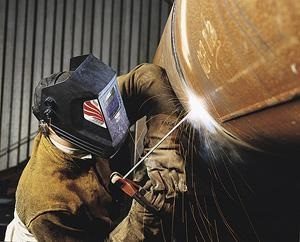
Arc welding (SMAW – shielded metal arc welding)
TIG welding
MIG/MAG welding
Oxyfuel welding
Arc Welding

Arc welding uses an electric power supply to create an arc (constant spark) between an electrode (welding rod) and the materials to be welded (fused) together. Also known as shielded metal arc welding (SMAW).
Typical Applications
SMAW is often used to weld carbon steel, low and high alloy steel, stainless steel, cast iron, and ductile iron. It is not so popular for non-ferrous materials but can be used on nickel and copper and their alloys. In rare cases it can be used on aluminium.
TIG Welding
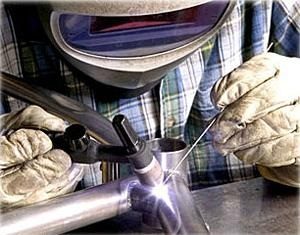
Tungsten inert gas (TIG) welding, is an arc welding process that uses both electricity and gas. It uses a non-consumable tungsten electrode to produce the weld. Filler rods are used and are fed by hand.
TIG welding is also known as gas tungsten arc welding (GTAW).
Typical Applications
Thin metals/thin wall-tubing, usually non-ferrous such as aluminium and magnesium. High alloy steels such as stainless steel and tool steel.
MIG/MAG Welding
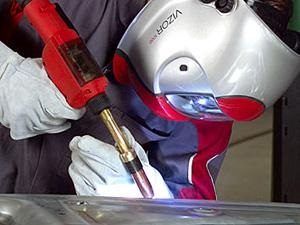
MIG stands for metal inert gas welding. MAG stands for metal active gas welding. These are similar welding process in which an electric arc forms between a wire electrode (which is consumable) and the workpiece metal(s). The workpiece metal(s) are heated up via this arc causing them to melt and join. Also known as gas metal arc welding (GMAW).
Typical Applications
Steels and aluminium. GMAW is the most common industrial welding process. Welders prefer this type for its versatility and speed and larger companies prefer it for the relative ease of adapting it to automation processes (robotics).
Want to find out more about what makes a good MIG welder, check out our Best MIG Welder Review.
Oxyfuel Welding

The most common gas welding process. Also known as oxyacetylene welding. A colourless gas (acetylene) is mixed with oxygen and fed through a blowpipe where it is ignited to produce a flame capable of a heating temperature of 3,500 °C (6,330 °F). This equipment is also used for cutting through steels.
Typical Applications
Welding pipes and tubes and repair work.
Is electricity needed to weld?
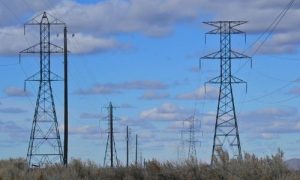
With the exception of oxyfuel welding, the other welding processes need an electricity supply to generate the arc (continuous spark) in order to achieve the high temperatures needed.
Electricity comes in two main forms: alternating current (AC) and direct current (DC). DC has the flow of electricity going in one direction only and an example of this are the batteries in your TV (television) remote.

AC has the electricity going in two directions (backward and forward) and is the supply given to households and factories at a rate of 240V (volts).
With AC, the backward and forward movement creates a pulse of electricity in a wave form which ‘pushes’ the current through its carrier (for example, a cable). This enables higher voltages to be transferred through smaller cables compared to a DC supply, as with a DC supply, the higher the voltage, the bigger the cable needed.
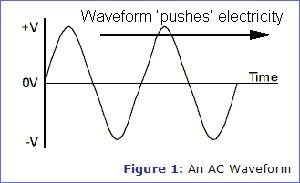
Image Credit: Tim Surtell – Eleinmec.com
Electricity is measured in volts and current (also known as amperes or amps for short). Volts is the amount of energy of electricity whereas current (amperes) is the rate at which the electricity flows.
Whenever something is attached to the electricity supply, which needs electricity to operate, such as a light bulb for example, it causes resistance to the flow of electric current. This resistance is measured in ohms.
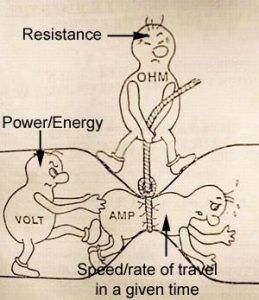
Electricity is supplied mainly in AC form as it is easier and cheaper to produce and supply. It can be regulated by purpose made transformers which can either increase or decrease the voltage and amperage of the electrical supply if and when required.
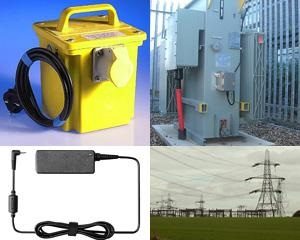
TIG, MIG, MAG, and ARC welders have transformers controlled by adjustable dials. They can weld with either a DC (Direct Current) or an AC (Alternating Current) electrical supply. TIG welding is an arc welding process and most suited to welding silver steel.
This is because the electrical voltage and amperage can be accurately controlled (increased or decreased) via the welder control dials allowing for more or less heat at the area to be welded, which is crucial when trying to weld different materials that have different thicknesses and melting points.






